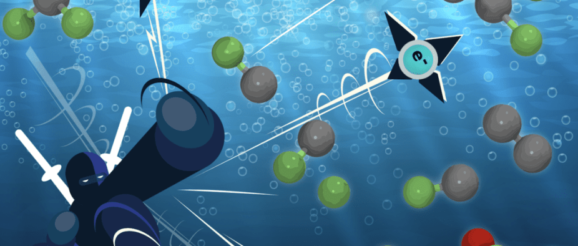Is this a possible end to ‘forever’ chemicals – Innovation Toronto

Impervious to heat, chemicals, and physical force, the carbon-fluorine bond makes PFAS ubiquitous in food packaging, stain and water repellent fabrics, polishes and waxes, firefighting foams, cleaning products, carpets and thousands of other common household and industrial products. The Environmental Protection Agency estimates that most of the population has been exposed to PFAS that accumulate in the body over time because these “forever chemicals” do not biodegrade.
Sharma Yamijala, a postdoctoral researcher in the Marlan and Rosemary Bourns College of Engineering and first author of the paper, ran simulations on both perfluorooctanoic acid and perfluorooctanesulfonic acid molecules, the most common PFA contaminants in the environment, surrounded by water molecules. He found that they instantly lost their fluorine atom in the presence of excess electrons.
The PFA molecules broke down into an intermediate chemical species whose composition could further accelerate the decomposition of other PFA molecules. The reaction also formed a hydrogen fluoride molecule. Whether or not these shortchain molecules are carcinogens at typical concentrations in water has not yet been determined.
“In a real water treatment scenario, the excess electrons could come from metal-containing compounds placed in the water under ultraviolet radiation. The electrons from these compounds will interact with the PFA molecules and break them,” Yamijala said.
The simulations describe in precise detail a process that scientists have known is possible.
“People knew you could do this but didn’t know why,” said Bryan Wong, an associate professor of chemical and environmental engineering and the paper’s senior author. “Our simulations define the bigger picture that we can refine to find ways to break down PFAs faster or more efficiently in the future.”
